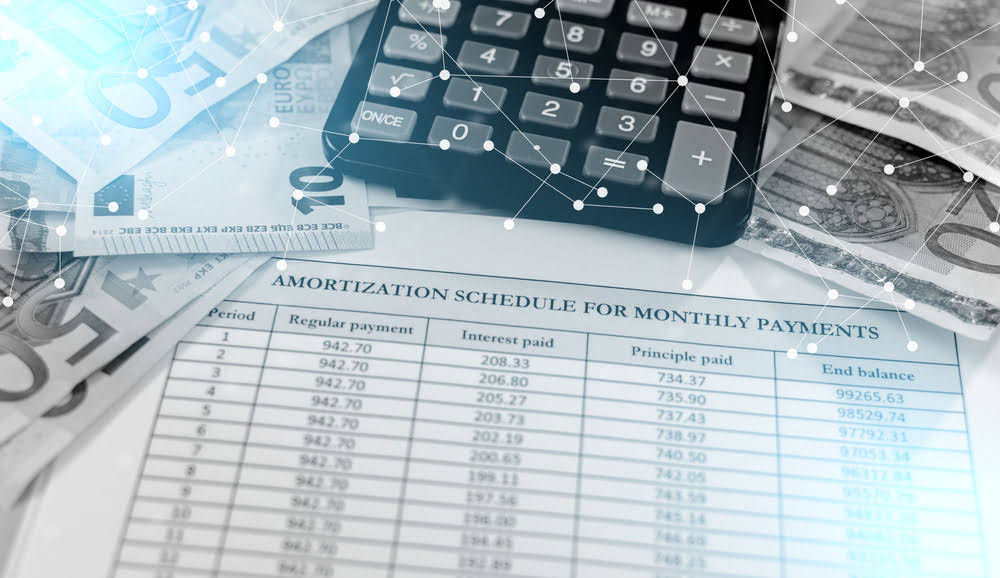
Double Entry Bookkeeping is here to provide you with free online information to help you learn and understand bookkeeping and introductory accounting. He has worked as an accountant and consultant for more than 25 years and has built financial models for all types of industries. He has been the CFO or controller of both small and medium sized companies and has run small businesses of his own. He has been a manager and an auditor with Deloitte, a big 4 accountancy firm, and holds a degree from Loughborough University. Debit net sales simply means on the left side of the equation, whereas credit means on the right hand side of the equation as summarized in the table below.
Bookkeeping

So for example there are contra expense accounts such as purchase returns, contra revenue accounts such as sales returns and contra asset accounts such as accumulated depreciation. In accounting, a debit balance refers to a general ledger account balance that is on the left side of the account. Since the purpose of the contra account is to be offset against the balance on another account, it follows that the normal balance on the contra account will be the opposite of the original account. For this reason the account balance for items on the left hand side of the equation is normally a debit and the account balance for items on the right side of the equation is normally a credit. For the past 52 years, Harold Averkamp (CPA, MBA) hasworked as an accounting supervisor, manager, consultant, university instructor, and innovator in teaching accounting online. For the past 52 years, Harold Averkamp (CPA, MBA) has worked as an accounting supervisor, manager, consultant, university instructor, and innovator in teaching accounting online.

Contra Accounts
The contra accounts noted in the preceding table are usually set up as reserve accounts against declines in the usual balance in the accounts with which they are paired. For example, a contra asset account such as the allowance for doubtful accounts contains a credit balance that is intended as a reserve against accounts receivable that will not be paid. A normal balance is the expectation that a particular type of account will have either a debit or a credit balance based on its classification within the chart of accounts. It is possible for an account expected to have a normal balance as a debit to actually have a credit balance, and vice versa, but these situations should be in the minority.

Advance Your Accounting and Bookkeeping Career
So for example a debit entry to an asset account will increase the asset balance, and a credit entry to a liability account will increase the liability. For reference, the chart below sets out the type, side of the accounting equation (AE), and the normal balance of some typical accounts found within a small business bookkeeping system. Although each account has a normal balance in practice it is possible for any account to have either a debit or a credit balance depending on the bookkeeping entries made. From the table above it can be seen that assets, expenses, and dividends Coffee Shop Accounting normally have a debit balance, whereas liabilities, capital, and revenue normally have a credit balance.
- Debit simply means on the left side of the equation, whereas credit means on the right hand side of the equation as summarized in the table below.
- For the past 52 years, Harold Averkamp (CPA, MBA) has worked as an accounting supervisor, manager, consultant, university instructor, and innovator in teaching accounting online.
- In accounting, a debit balance refers to a general ledger account balance that is on the left side of the account.
- The contra accounts noted in the preceding table are usually set up as reserve accounts against declines in the usual balance in the accounts with which they are paired.
- He has worked as an accountant and consultant for more than 25 years and has built financial models for all types of industries.
- Although each account has a normal balance in practice it is possible for any account to have either a debit or a credit balance depending on the bookkeeping entries made.
- For example, if a company borrows $10,000 from its local bank, the company will debit its asset account Cash for $10,000 since the company’s cash balance is increasing.
What is a Normal Account Balance?

The double-entry system requires that the general ledger account balances have the total of the debit balances equal to the total of the credit balances. This occurs because every transaction must have the debit amounts equal to the credit amounts. For example, if a company borrows $10,000 from its local bank, the company will debit its asset account Cash for $10,000 since the company’s cash balance is increasing. The same entry will credit its liability account Notes Payable for $10,000 since that account balance is also increasing. A contra account contains a normal balance that is the reverse of the normal balance for that class of account.
Examples of Accounts with Debit Balances
Abnormal account balances are triggered by transactions that are out of the ordinary; for example, the cash balance should have a normal debit balance, but could have a credit balance if the account is overdrawn. Each of the accounts in a which set of accounts below would have a normal debit balance? trial balance extracted from the bookkeeping ledgers will either show a debit or a credit balance. The normal balance of any account is the balance (debit or credit) which you would expect the account have, and is governed by the accounting equation. When an account has a balance that is opposite the expected normal balance of that account, the account is said to have an abnormal balance. For example, if an asset account which is expected to have a debit balance, shows a credit balance, then this is considered to be an abnormal balance. It should be noted that if an account is normally a debit balance it is increased by a debit entry, and if an account is normally a credit balance it is increased by a credit entry.
